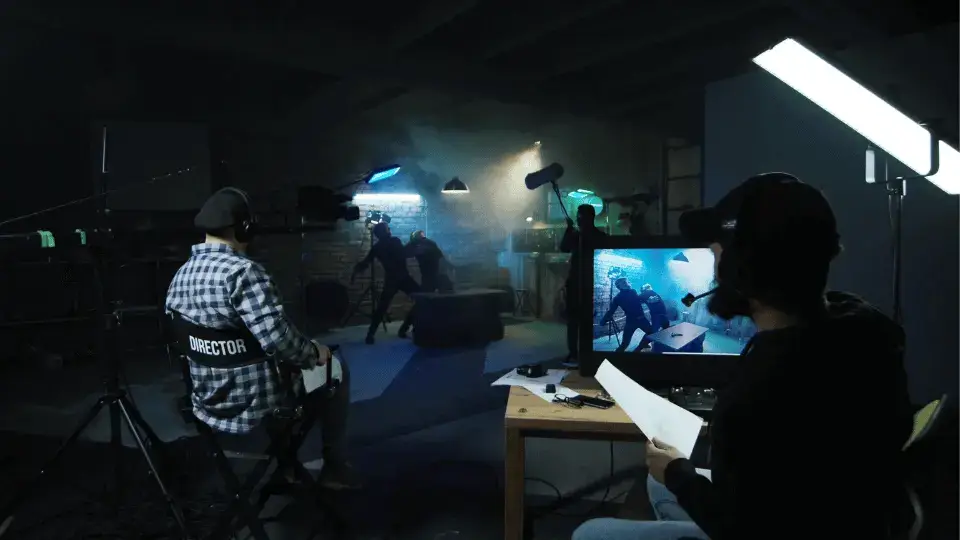Film is a powerful medium that has the ability to shape our understanding of the world around us. It is a visual language that speaks to us on a subconscious level, conveying meaning and emotions in a way that words alone cannot. Understanding the language of film is essential for anyone looking to pursue a career in the film and television industry. One aspect of this language is film semiotics.
What is Film Semiotics?
Semiotics is the study of signs and symbols and their interpretation. In the context of film, semiotics refers to the use of visual signs and symbols to convey meaning. These signs can include everything from the composition of a shot to the color of a character’s clothing.
The concept of film semiotics was first introduced by French film theorist Christian Metz in the 1960s. Metz argued that films communicate meaning through a system of signs and codes that are understood by audiences on a subconscious level. He believed that by analyzing these signs and codes, we can gain a deeper understanding of the meaning behind a film.
Why is Film Semiotics Relevant?
Film semiotics is relevant because it allows us to understand how films convey meaning. By analyzing the visual language of a film, we can gain insight into the director’s intentions and the cultural context in which the film was made. This understanding can be applied to a variety of fields within the film and television industry, including directing, screenwriting, cinematography, and film criticism.
For example, a director might use specific camera angles or lighting to convey the emotional state of a character. A screenwriter might use color symbolism to signify a character’s journey or transformation. A cinematographer might use the rule of thirds to create visual interest and tension in a shot. By understanding these techniques, you can better communicate your creative vision to your team and collaborators.
How to Analyze Film Semiotics
To analyze film semiotics, you need to have a strong understanding of the visual language of film. This includes an understanding of camera angles, shot composition, lighting, color, and sound. You also need to be able to identify patterns and recurring motifs within a film.
One useful tool for analyzing film semiotics is the shot-by-shot analysis. This involves breaking down a film into individual shots and analyzing the composition, lighting, sound, and other visual elements of each shot. By doing this, you can identify patterns and motifs that recur throughout the film and gain a deeper understanding of the director’s intentions.
Another useful tool is the use of color symbolism. Colors can be used to convey meaning and emotion in a film. For example, red is often associated with passion or danger, while blue is associated with calmness or sadness. By analyzing the use of color in a film, you can gain insight into the emotional subtext of the story.
Key Takeaways
- Film semiotics is the study of the visual language of film and how it conveys meaning and emotion.
- Understanding film semiotics is essential for anyone looking to pursue a career in the film and television industry.
- To analyze film semiotics, you need to have a strong understanding of the visual language of film, including camera angles, shot composition, lighting, color, and sound.
- Analyzing film semiotics can give you a competitive edge in your career by allowing you to better communicate your creative vision to your team and collaborators.
- Consider taking the NYU Film and TV Industry Essentials online course and certificate program to deepen your knowledge of film semiotics and gain a competitive edge in your career.
In conclusion, film semiotics is a powerful tool for understanding the visual language of film and how it conveys meaning and emotion. By analyzing the visual elements of a film, we can gain insight into the director’s intentions and the cultural context in which the film was made. This understanding can be applied to a variety of fields within the film and television industry, making it an essential skill for anyone looking to pursue a career in this field.








